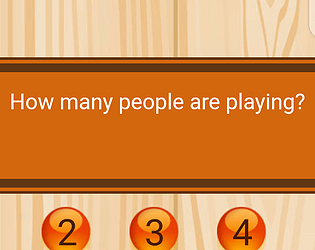The ROG Ally made a significant impact in 2023, presenting itself as a formidable competitor to the Steam Deck. One of its key advantages is its Windows operating system, which opens the door to a wider range of games. In 2024, ASUS released the ROG Ally X, enhancing the internal components and improving the ergonomics and cooling system for a more comfortable gaming experience.
While the ROG Ally excels in portability, it's also versatile enough to be used with larger screens, whether it's a TV or a gaming monitor. Both the original ROG Ally and the ROG Ally X support external display connections, allowing you to enjoy your games on a bigger screen. Below, we provide a comprehensive guide on how to connect your ROG Ally to a TV or monitor, complete with step-by-step instructions and recommended accessories.
How to Connect With an Adapter
Connecting your ROG Ally to a TV or monitor can be achieved through various methods, but using an adapter is a compact and straightforward approach. Options range from small dongle-style adapters to direct cables and the official ROG Gaming Charger Dock.
What You'll Need
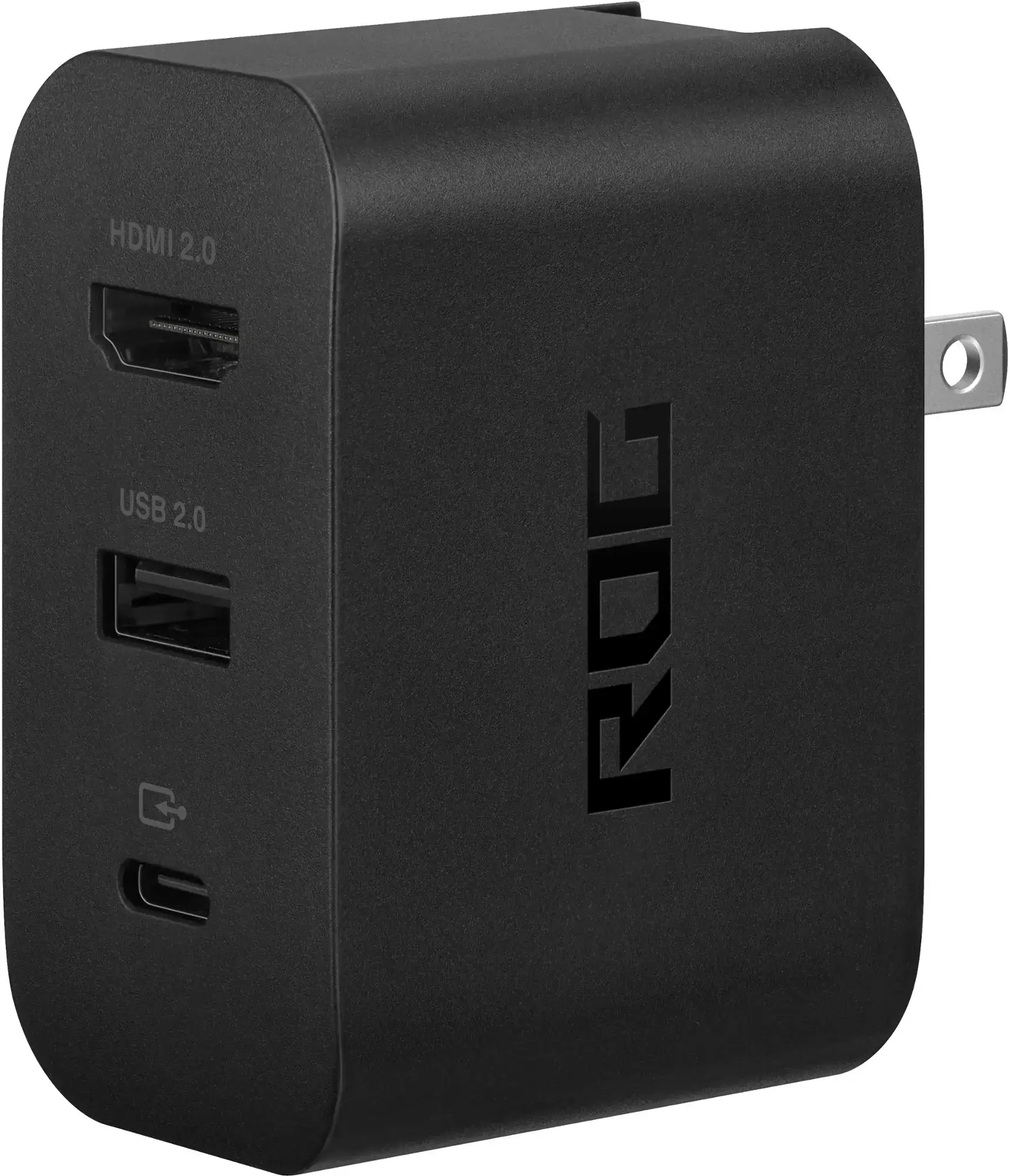
ASUS ROG 65W Charger Dock
Supports HDMI 2.0 with USB Type-A and USB Type-C for ROG Ally. See it at Best Buy
ASUS has streamlined the process of connecting the ROG Ally to a TV with the official ROG Gaming Charger Dock. This dock is the most space-efficient option and also serves as a charger for your device. You'll need a USB-C and HDMI cable to get started. The Charger Dock also includes a USB-A port, allowing you to connect peripherals like a mouse or keyboard.
Alternatively, you can use a third-party USB-C to HDMI adapter, which connects directly to the ROG Ally's USB-C port. From there, attach an HDMI cable to the adapter and your TV or monitor. For a more streamlined setup, consider a USB-C to HDMI cable that connects directly from your ROG Ally to your display.
Some USB-C to HDMI adapters come with a passthrough USB-C port for charging. If your adapter has this feature, you'll need an additional USB-C cable and your power adapter to keep the ROG Ally charged while playing.
How to Connect: Step-by-Step Instructions
- Plug a USB-C to HDMI adapter (or cable) into the ROG Ally's USB-C port on the top of the enclosure. If using the ROG Gaming Charger Dock, connect one end of a USB-C cable to the ROG Ally's USB-C port and the other end to the USB-C charging port on the Charger Dock.
- Connect an HDMI cable to the adapter (or Charger Dock) and plug the other end into an available HDMI port on your TV or monitor. If using a direct USB-C to HDMI cable, simply plug the HDMI end into your TV or monitor.
- (Optional) If your USB-C adapter has a passthrough USB-C port for charging, connect your ROG Ally's power adapter to this port to provide power.
- Power on the ROG Ally; it should automatically detect and output the video signal.
- Switch your TV or monitor to the correct HDMI input to view your ROG Ally's display.
How to Connect With a Docking Station
For a setup reminiscent of the Nintendo Switch, consider using a docking station. While ASUS doesn't offer an official docking station beyond the ROG Gaming Charger Dock, numerous third-party options are available. These docking stations allow you to place the ROG Ally in a stand while connecting to your TV or monitor and charging simultaneously.
What You'll Need
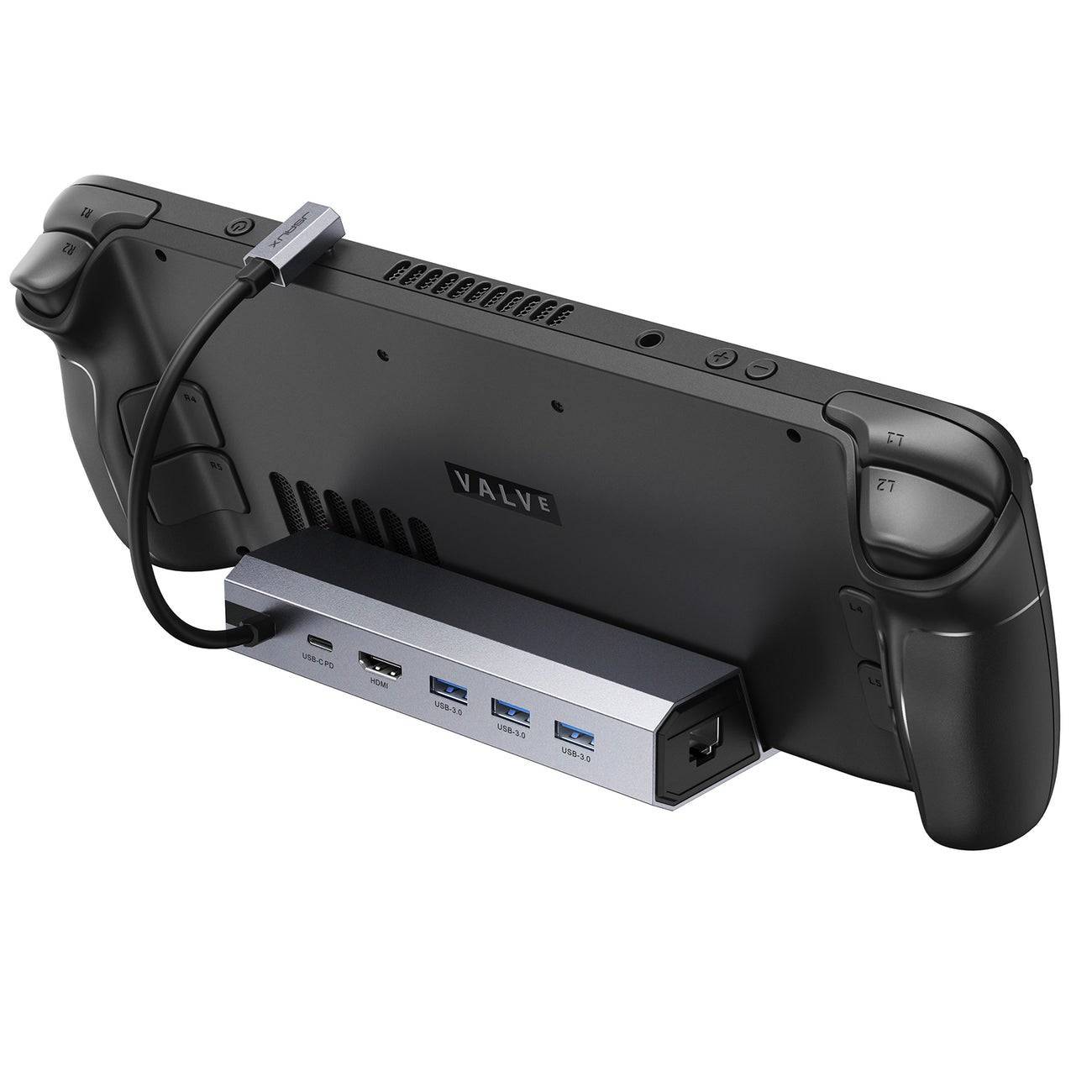
JSAUX Docking Station HB0603
2100 watts of power for fast charging and multiple ports come with this lightweight, compact dock that also serves as a stand. See it at Amazon
Basic docks for the ROG Ally typically include an HDMI port and a USB-C passthrough charging port. For a more comprehensive setup, consider docks with additional USB ports for peripherals, external hard drive support, Ethernet ports for stable internet connections, SD card slots for expanded storage, and even a Display Port for additional screens. Smaller, portable docks are ideal for travel, and many docks compatible with the Steam Deck will also work with the ROG Ally.
How to Connect: Step-by-Step Instructions
- Place your ROG Ally into the dock.
- Connect the USB-C power cord to the ROG Ally's USB-C port on the top of the enclosure.
- Connect your ROG Ally's power adapter to the USB-C charging port on the dock.
- Attach an HDMI cable to the HDMI port on the dock and connect the other end to an available HDMI port on your TV or monitor.
- Power on the ROG Ally; it should automatically detect and output the video signal.
- Switch your TV or monitor to the correct HDMI input to view your ROG Ally's display.
You'll Also Need a Controller
While you can use a mouse and keyboard with your ROG Ally, a wireless controller often provides the most comfortable gaming experience on a larger screen. The ROG Ally supports any Bluetooth-enabled gaming controller. Below are our top recommendations for controllers that work well with both the ROG Ally and the Steam Deck.
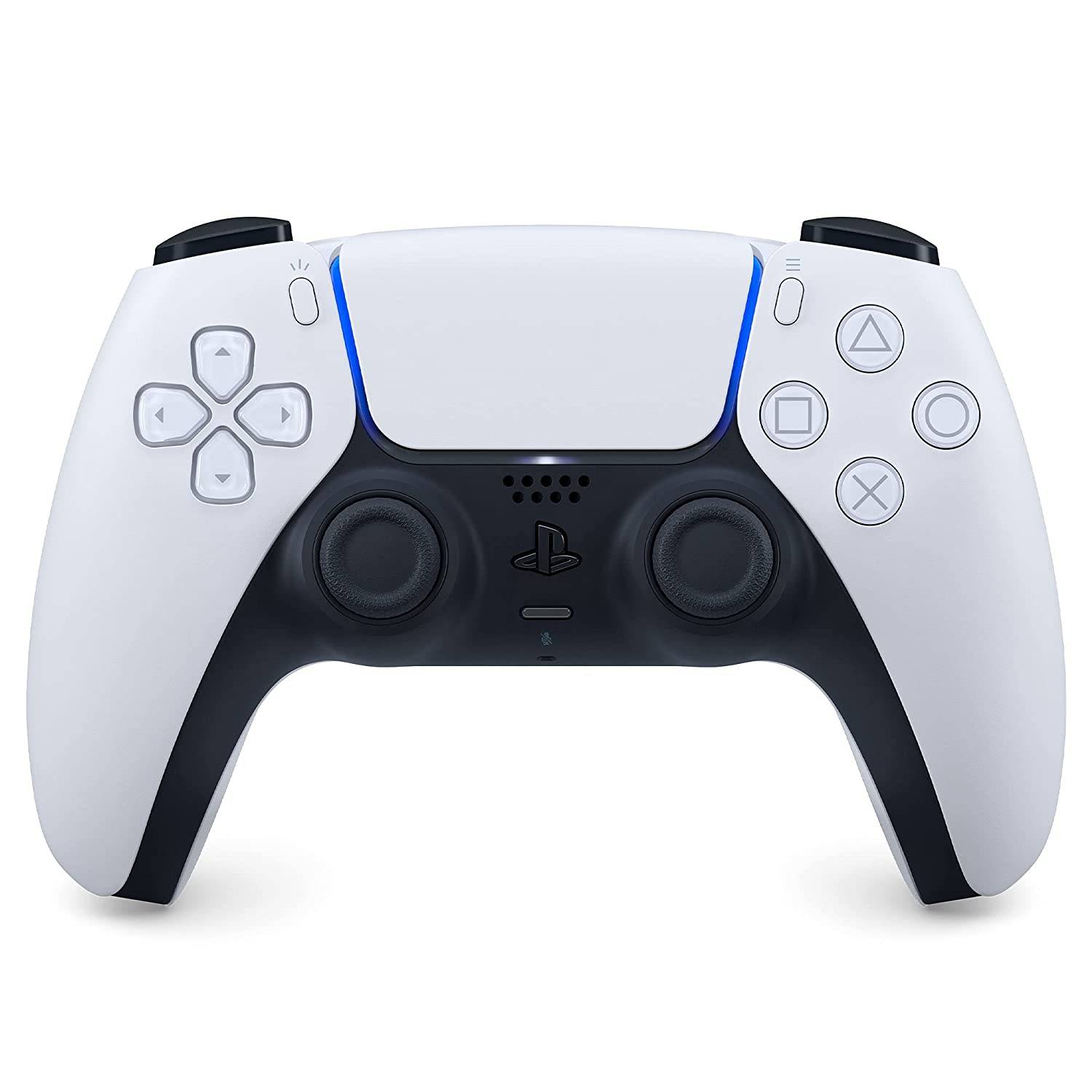
Sony DualSense
See it at Amazon | See it at Best Buy | See it at Target
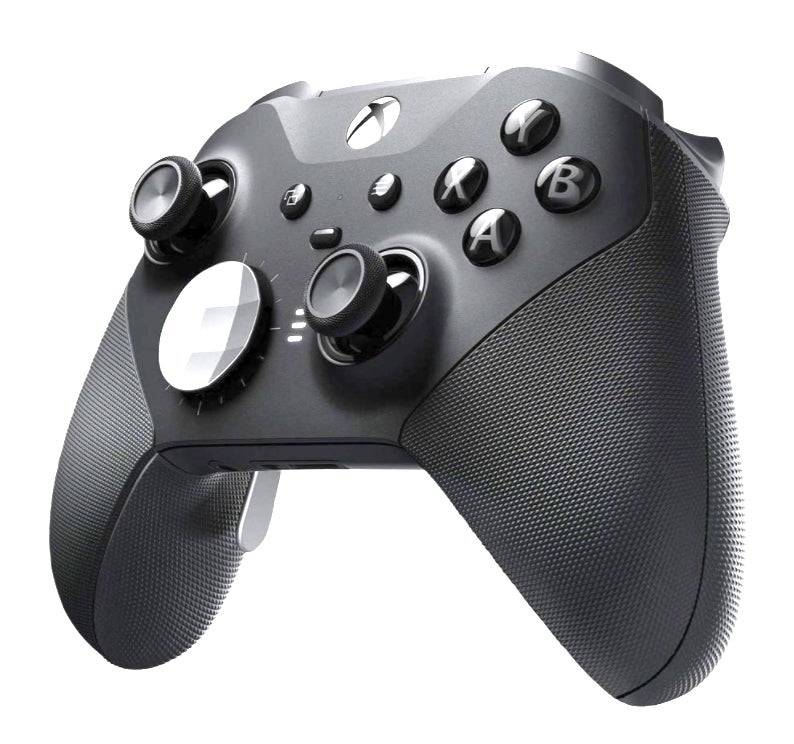
Xbox Elite Series 2 Controller
See it at Amazon | See it at Best Buy
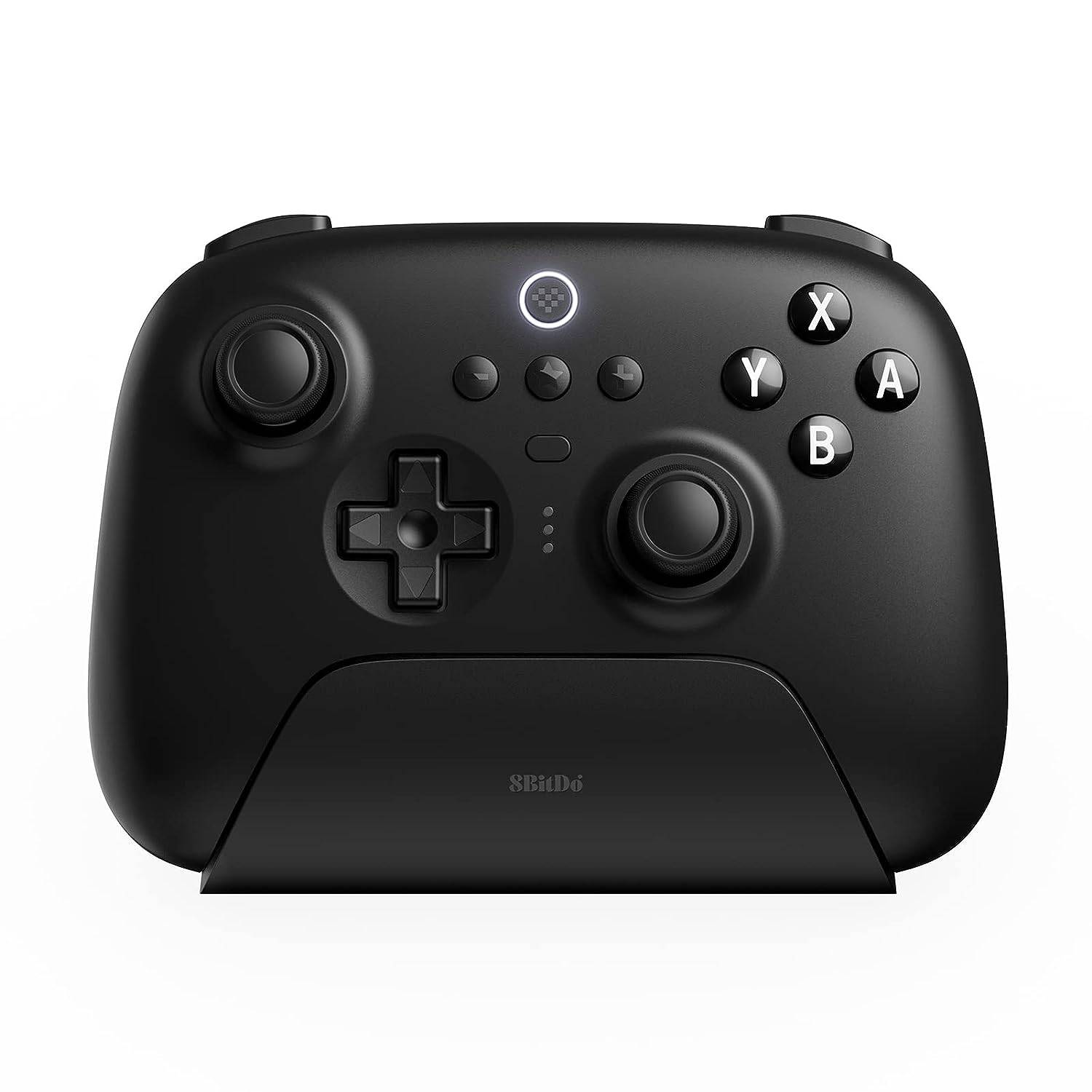
8BitDo Ultimate Controller
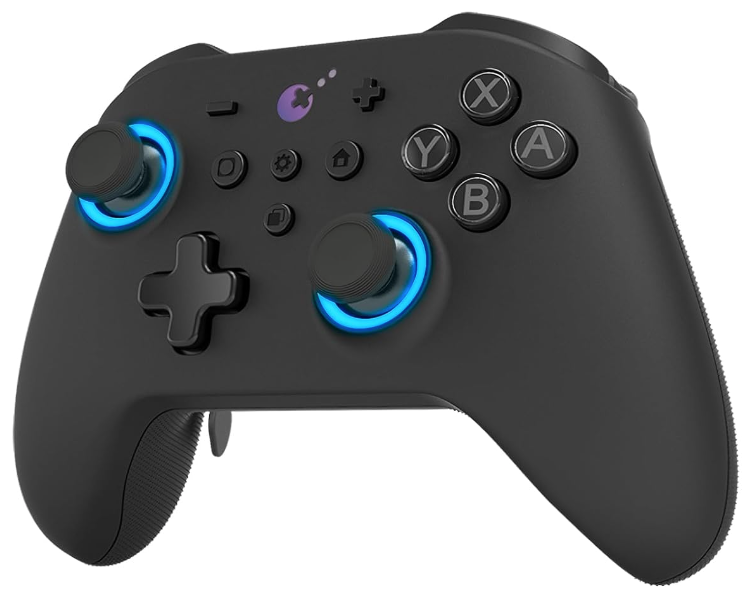
GuliKit KingKong 3 Max Controller
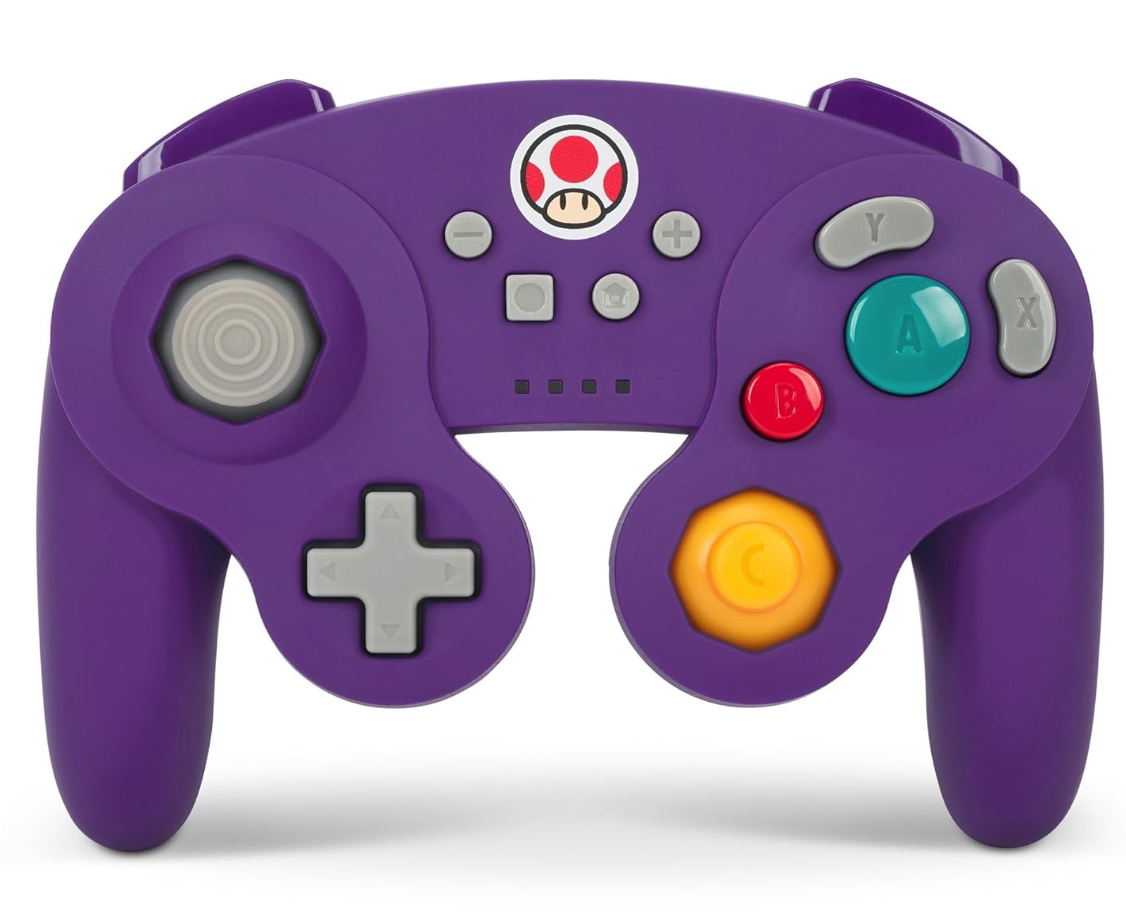
PowerA Wireless GameCube Style Controller
These include first-party options like the PS5's DualSense, the Xbox Wireless Controller, or the Nintendo Switch Pro Controller, as well as a variety of third-party controllers. Some controllers use a 2.4GHz wireless connection with an included USB adapter, which can offer lower latency and better range than standard Bluetooth controllers. For a simpler setup, you can also opt for a wired USB controller if you're close enough to your ROG Ally or docking station.







